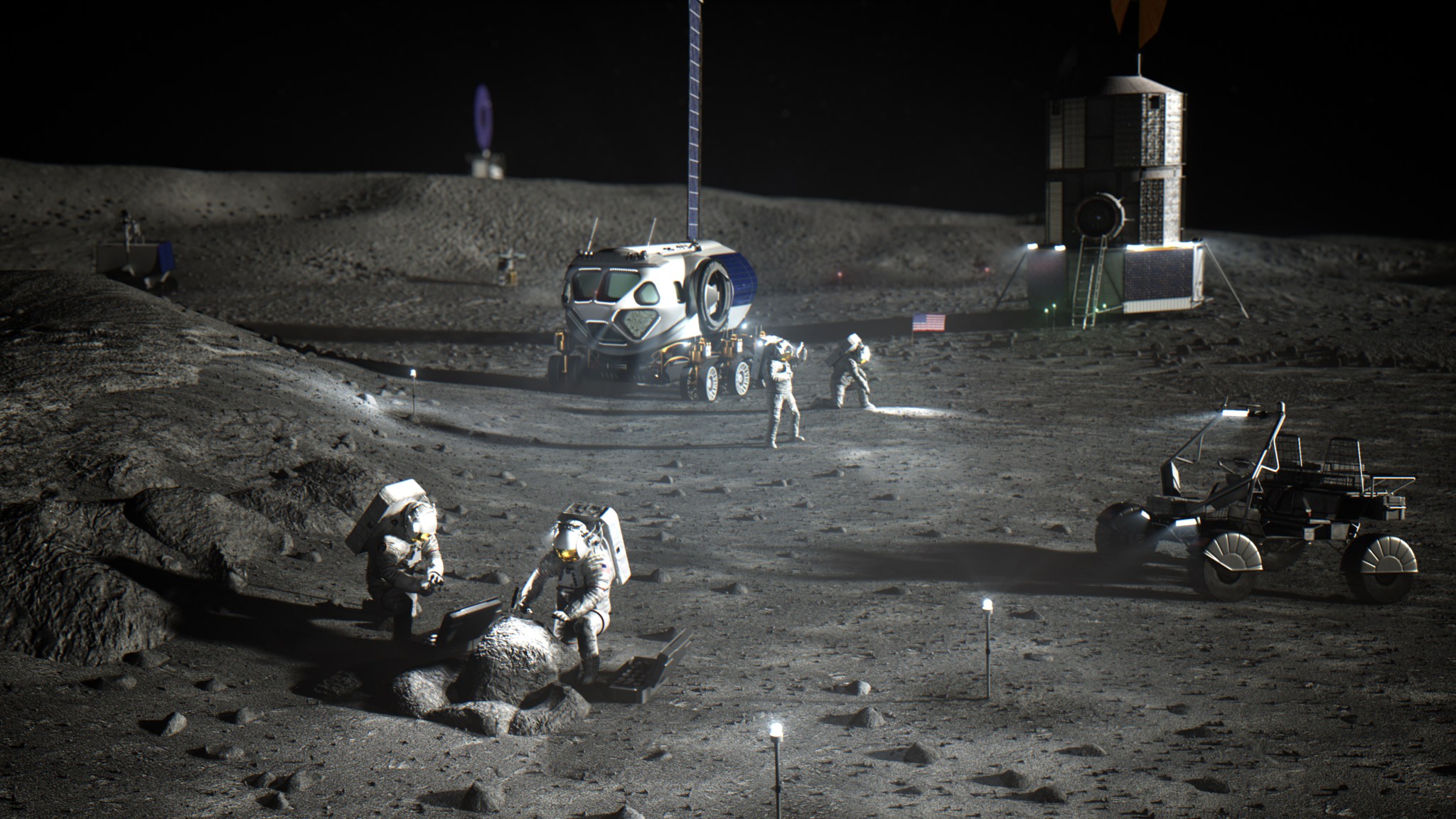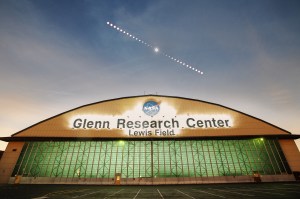Most Americans take access to reliable, fast wireless internet (Wi-Fi) for granted. Yet, in underserved communities, reliable internet access can be as elusive as it is on the Moon. NASA is working to solve both challenges.
Digital inequality or inadequate internet access is a socioeconomic concern across the United States, and the pandemic has worsened the divide. In Cleveland, home of NASA’s Glenn Research Center, a study by the National Digital Inclusion Alliance found that about 31% of the city’s households have no broadband access.
Following the study, the Greater Cleveland Partnership (GCP), an economic development organization, reached out to NASA Glenn for assistance in examining the technical barriers of digital inequality the way only a space agency can – by using the Moon to solve an earthly problem.
“This presented a great opportunity to develop solutions to the challenges we face sending astronauts to the Moon under Artemis while also addressing a growing societal issue in our hometown,” said Mary Lobo, director of Technology Incubation and Innovation at Glenn. “We were pleased to establish a mutually beneficial study partnership with the GCP.”

NASA’s Compass Lab at Glenn, which specializes in abstract spacecraft and mission design, applied lunar network approaches to address technical challenges to Wi-Fi connectivity in the local community. Comparing a lunar surface area and an area around Cleveland produced interesting results
The study found that attaching Wi-Fi routers to approximately 20,000 lampposts or other utility poles would help solve Cleveland’s connectivity issues. By spacing routers no more than 100 yards apart, this approach would provide around 7.5 megabits per second (Mbps) download speed in a four-person home.
“That connectivity is good enough to complete schoolwork, participate in virtual calls, and other internet-based activities, but it isn’t high enough to allow for 4K streaming,” said Steve Oleson, Compass team lead at NASA Glenn. “If we move the routers a little closer, 50-75 yards apart, that greatly improves bandwidth.”
Each router would provide connections to outdoor and indoor users within a 50-yard radius from its host pole. Though, Wi-Fi repeaters would most likely be required to help older, low-performing devices connect indoors.
“This technological examination will help inform key aspects of the collaborative strategy to solve the digital divide in Greater Cleveland,” said Marty McGann, GCP executive vice president of advocacy and strategy. “Addressing this will have lasting impacts on the growth of our economy for years to come and is a major step to creating a much more equitable, inclusive economy.”
Building on the effort, Cuyahoga County, where Cleveland is located, released a request for proposals (RFP), asking companies for affordable internet access solutions throughout the county.
“NASA’s work helps set the stage for evaluation of the RFP responses to determine the most effective plan for connecting our neighborhoods,” said Catherine Tkachyk, Cuyahoga County’s chief innovation and performance officer.

The lunar portion of the study assumed a basecamp at Malapert Massif, a large impact crater near the Moon’s South Pole. This area meets NASA’s requirements for Sun exposure and line-of-sight communications with the Deep Space Network, and it is a prime spot for in-situ resource utilization.
Surface exploration will require high-rate communications between astronauts and various elements like the Gateway, landers, habitats, rovers, and more. However, there are many unknowns when it comes to Wi-Fi connectivity on the Moon.
“While the Moon doesn’t have the level of interference found in a neighborhood full of houses and trees, it also does not have the advantage of an existing infrastructure of power, back feeds, and even a lunar internet, all of which need to be supplied,” said Oleson.
Using the same pole-based approach, the team recommends mounting routers on multiple 24-foot poles attached to habitats, landers, or other large hardware. In contrast to a single, large tower, this approach would provide astronauts in habitats network stability while mobile explorers could roam between routers.
This lunar Wi-Fi framework is still very conceptual, but the team hopes the Wi-Fi study will help inform future Artemis plans. In the meantime, the analysis will help American cities bring underserved communities vital internet access and the many benefits of the digital age.
Jimi Russell
NASA’s Glenn Research Center
Dena Cipriano
Greater Cleveland Partnership



























